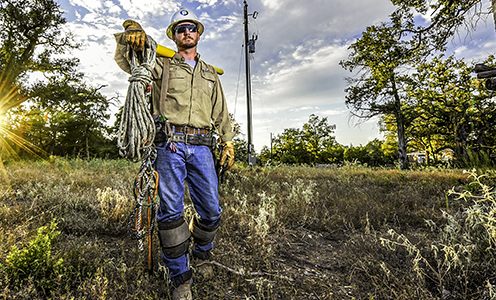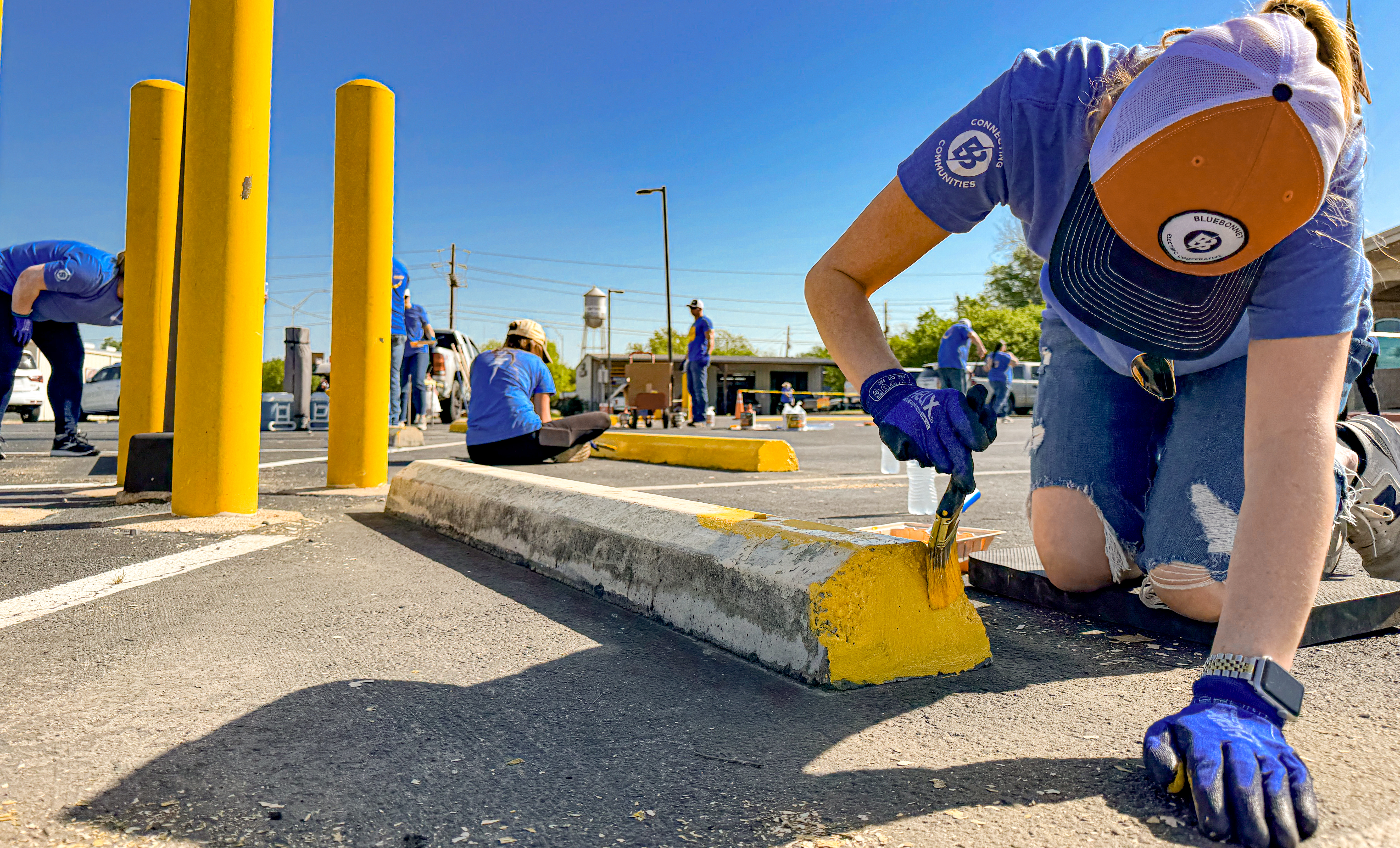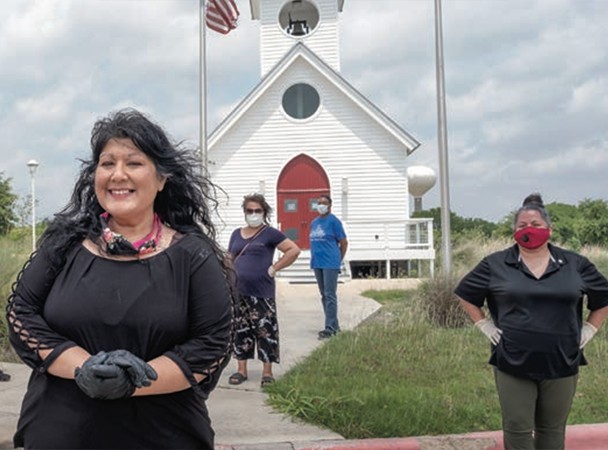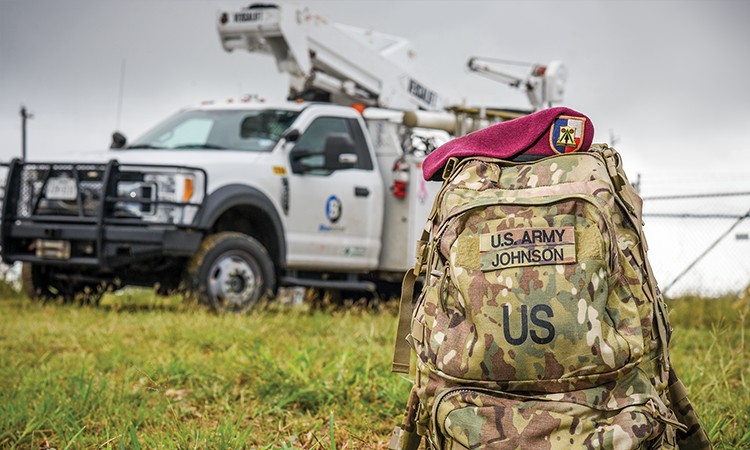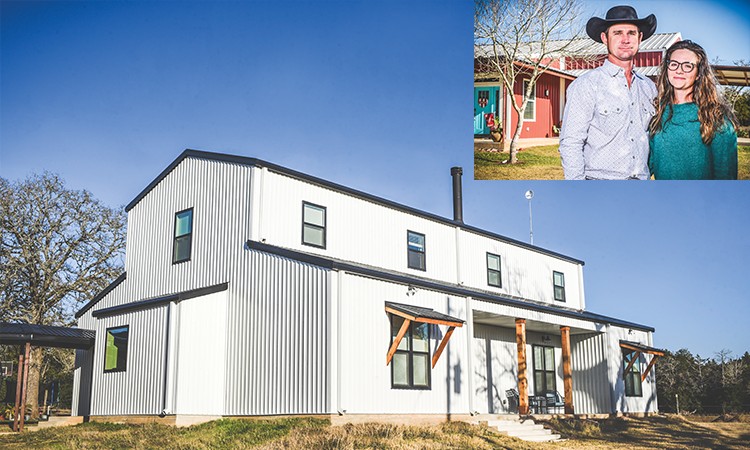![An unidentified group poses with a 1924 Ford Model T owned by Urissa Rhone before her marriage. Rhone family papers [di_10766]](/sites/default/files/images/news/Group-with-Ford-Model-T.jpg)
By Denise Gamino
Sometimes, even a chicken coop can be a cradle of history. In 1897, Calvin and Lucia Rhone bought 100 acres in Fayette County. They brought their love letters, financial papers and family photos. They brought their five children and then had four more (another three died at birth). All 12 births were recorded by hand in the big, ornate family Bible.
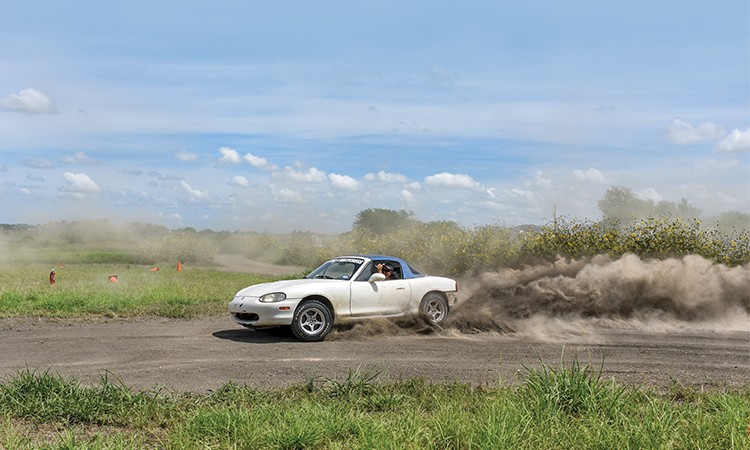
Story by Pam LeBlanc
I start slowly, easing my foot onto the accelerator of a nimble white Miata at the first bend of a half-mile dirt track surrounded by sunflowers in rural Caldwell County.
Brianne Corn, buckled into the passenger seat, asked me what makes me nervous about driving a rally race car. I think about that for a second. I’m still panting slightly, after the high voltage, 3-minute ride I just took around the track as a passenger with Corn, a champion rally car driver and coach, at the wheel.

Story by Alyssa Dussetschleger
If you think you're seeing more electric vehicles on the roads of Central Texas, your eyes aren’t lying. By mid-June this year, more than 52,000 electric vehicles — or EVs — were registered in Texas, and 63% of them are model years 2020 or newer, according to data from the Texas Department of Motor Vehicles.
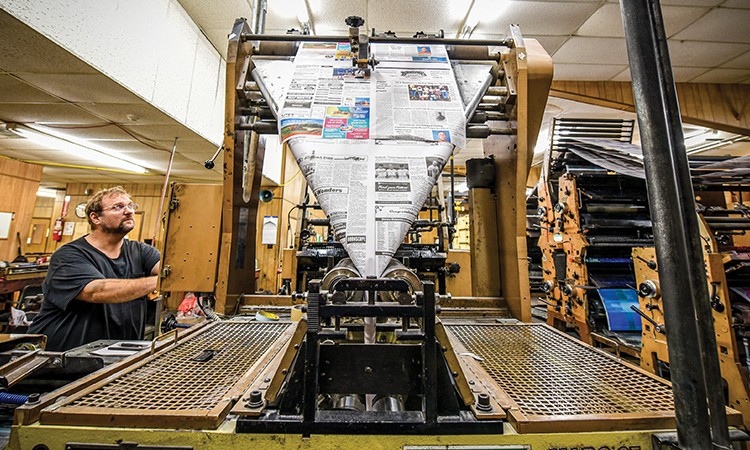
By Ed Crowell
Each issue of a local newspaper offers a time capsule of contemporary life, capturing the ups and downs of any town, big or small.
Community newspapers across the Bluebonnet Electric Cooperative service area are by, for and about local residents. Their unique blend of hyper-local news, school sports stories, community events coverage and personality-driven columns by local residents keeps readers paying attention — and paying to read.
Many of them have been publishing for well over 100 years, too.

